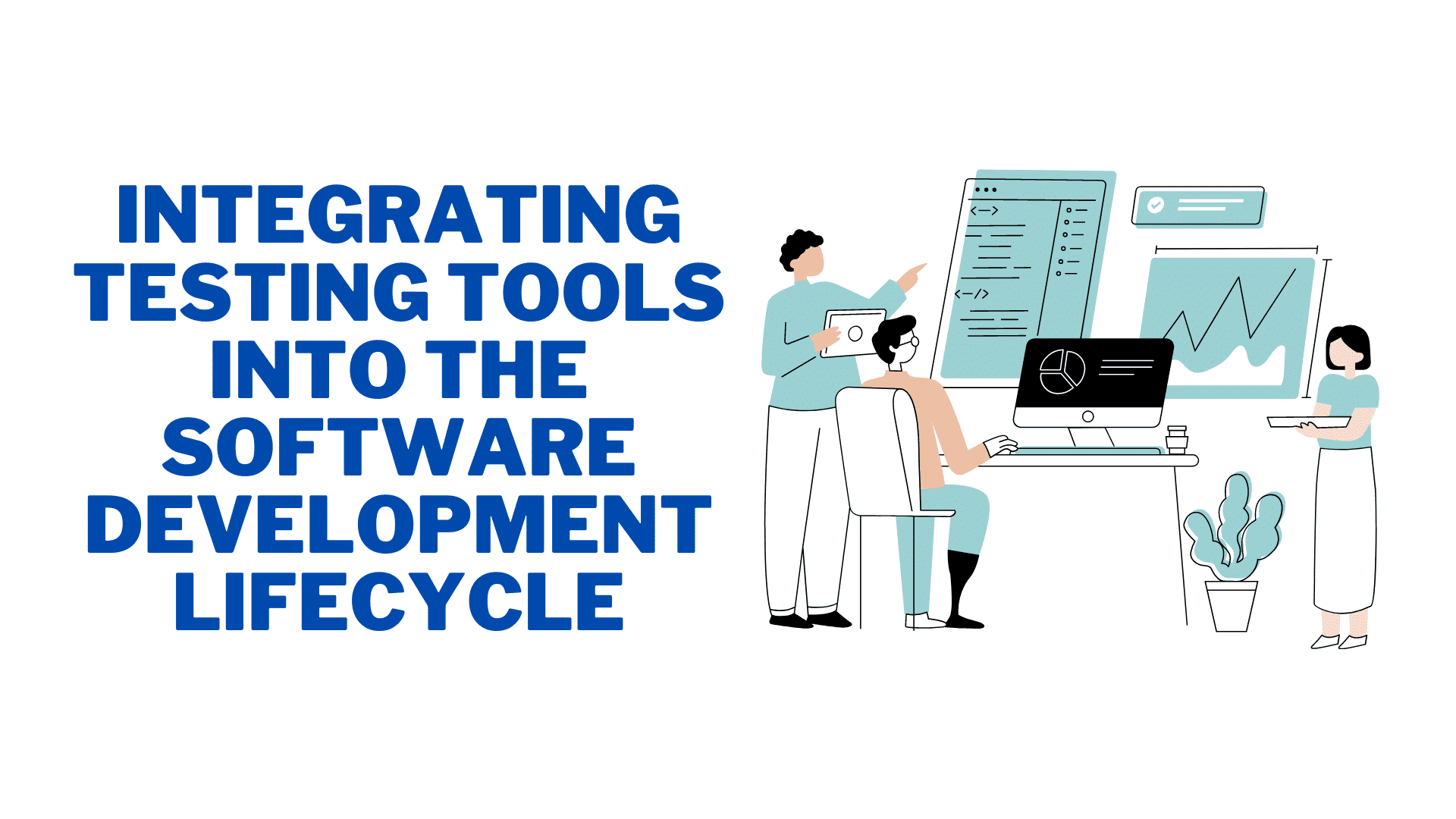DevOps is a software development approach that highlights the collaboration and merging of development and operations teams to enhance the quality of software and expedite its delivery. One critical component of a DevOps pipeline is software testing, which helps identify defects and ensure the software is of high quality. The use of testing tools can significantly improve the effectiveness of software testing in a DevOps pipeline. Now we will discuss how to implement software testing tools in your DevOps pipeline.
Understand your testing requirements
Before you start implementing software testing tools in your DevOps pipeline, you need to understand your testing requirements. This includes identifying the types of tests that need to be performed, the testing environments, and the testing frequency. You also need to determine the testing criteria and the expected outcomes of each test. Once you have gained a good understanding of your testing requirements, you can choose the appropriate testing tools.
Select the right software testing tools
Choosing the right testing tools is critical to the success of your DevOps pipeline. There are several factors to consider when selecting testing tools, including the types of tests supported, the integration capabilities with your DevOps tools, the ease of use, and the level of support provided by the vendor.
For example, if you need to perform functional testing, you can use tools like Selenium or Appium. If you need to perform load testing, you can use tools like JMeter or Gatling. If you need to perform security testing, you can use tools like OWASP ZAP or Burp Suite.
Integrate the software testing tools into your DevOps pipeline
Once you have selected the appropriate testing tools, you need to integrate them into your DevOps pipeline. This involves setting up the testing environments, configuring the testing tools, and automating the testing process.
For example, if you are using Selenium for functional testing, you need to set up a Selenium Grid to run the tests in parallel. You also need to configure the test scripts and the test data. Finally, you need to automate the testing process by integrating the testing tools with your continuous integration/continuous delivery (CI/CD) tool, such as Jenkins or Travis CI.
Create and execute test cases
After integrating the testing tools into your DevOps pipeline, you need to create and execute test cases. This involves defining the test cases, creating the test scripts, and executing the tests.
For example, if you are performing functional testing, you need to define the test cases based on the functional requirements. You then need to create the test scripts using a programming language such as Java or Python. Finally, you need to execute the tests and analyze the test results.
Analyze test results and take corrective actions
After executing the tests, you need to analyze the test results and take corrective actions. This involves identifying the defects, prioritizing the defects, and assigning the defects to the appropriate team members.
For example, if you are using JMeter for load testing, you need to analyze the test results to identify the bottlenecks and the performance issues. You then need to prioritize the defects based on their severity and assign them to the appropriate team members for resolution.
Continuously improve your testing process
Finally, you need to continuously improve your testing process by analyzing the testing metrics, identifying the areas of improvement, and implementing the corrective actions.
For example, you can use tools like SonarQube or CodeClimate to analyze the code quality metrics and identify the code smells and the technical debt. You can then implement the corrective actions, such as refactoring the code or adding more unit tests.
Conclusion
In conclusion, implementing software testing tools in your DevOps pipeline can significantly improve the effectiveness and efficiency of your testing process. To implement testing tools successfully, you need to understand your testing requirements, select the appropriate testing tools, integrate them into your DevOps pipeline, create and execute test cases, analyze test results, and continuously improve your testing process. By following these steps, you can ensure that your software is of high quality and is delivered to your customers with speed and efficiency.
It is important to note that while implementing testing tools in your DevOps pipeline can be beneficial, it is not a one-time process. You need to continuously evaluate your testing process and tools to ensure that they are meeting your evolving requirements. You should also regularly update your testing tools and processes to keep up with the latest industry trends and best practices.
Overall, implementing software testing tools in your DevOps pipeline requires careful planning and execution. By following the steps outlined in this article, you can improve the quality of your software and ensure that it meets the needs of your customers.


























